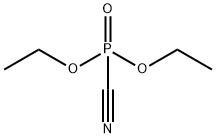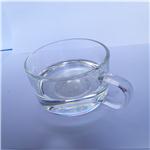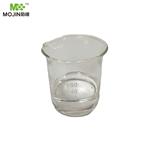Chemical Properties
Diethyl cyanophosphonate is a clear colourless to yellow liquid. It soluble in most common organic solvents , such as dimethylformamide , tetrahydrofuran , diethyl ether , and toluene. Diethyl cyanophosphonate is highly toxic and corrosive. lt must be handled in awell-ventilated fume hood. In addition, it is moisture sensitive and should bestored in a refrigerator under nitrogen.
Uses
Diethyl cyanophosphonate was used in the synthesis of 4-acylthiol-4-deoxy-4′-demethyl epipodophyllotoxin analogs. Coupling reagent for peptide synthesis. Reagent for the phosphorylation of phenols. Activating agent for fluorescent derivatization of carboxylic acids which allows separation by HPLC.
Application
1973 Harusawa et al. found that diethyl phosphorocyanidate (diethyl cyanophosphonate; depc), a cyano and diethyl analog of DPPA, was a valuable reagent for peptide synthesis. DEPC is a practical and versatile reagent for organic synthesis, particularly as a condensing reagent for the synthesis of amides and peptides and its application in O-, S-, and C-acylations. Compared to other cyanating agents, DEPC is significantly less toxic and commercially available. DEPC can also be employed as a cyanating agent for introducing a C1 unit into a range of compounds, and its reaction with carbonyl compounds in the presence of a catalyst easily affords CPs, which are key intermediates in a variety of reactions[1].
General Description
Diethyl cyanophosphonate (DCNP, a Tabun mimic, DECP) is a nerve agent simulant. Its detection by using fluorescein, a reversible fluorescent sensor, has been reported. Its degradation in the presence of suitable organocatalysts (different amines, aminoalcohols and glycols) has been studied.
References
[1] Shinya Harusawa , Takayuki Shioiri. “Diethyl phosphorocyanidate (DEPC): a versatile reagent for organic synthesis.” Tetrahedron 72 50 (2016): Pages 8125-8200.





